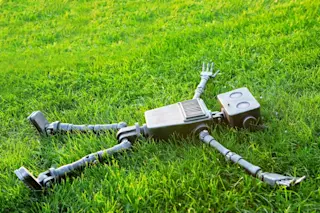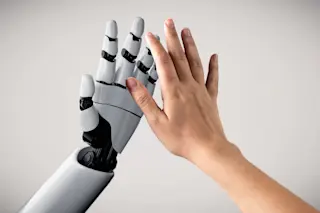In a lab at North Carolina State University, researchers have created moths that are a blend of wires and tissue. The eventual plan: to control a cyborg moth army. The biobots could be used to map ecosystems, spot survivors in search and rescue missions, or to carry out spy missions.
Hacking an animal is possible because animals are, in part, electric: movement (in moths or in you) happens when the brain sends an electric signal to a muscle. A controllable cyborg bug could, theoretically, operate like a tiny robot — one that's been honed by millions of years of evolution. Previous work on cyborg moths has shown that the concept can work. In 2012, a team at MIT successfully steered a moth by controlling the twisting of its abdomen with electric pulses. What has been challenging is monitoring how the moth itself accomplishes moving while minimally restricting its flight — ...













